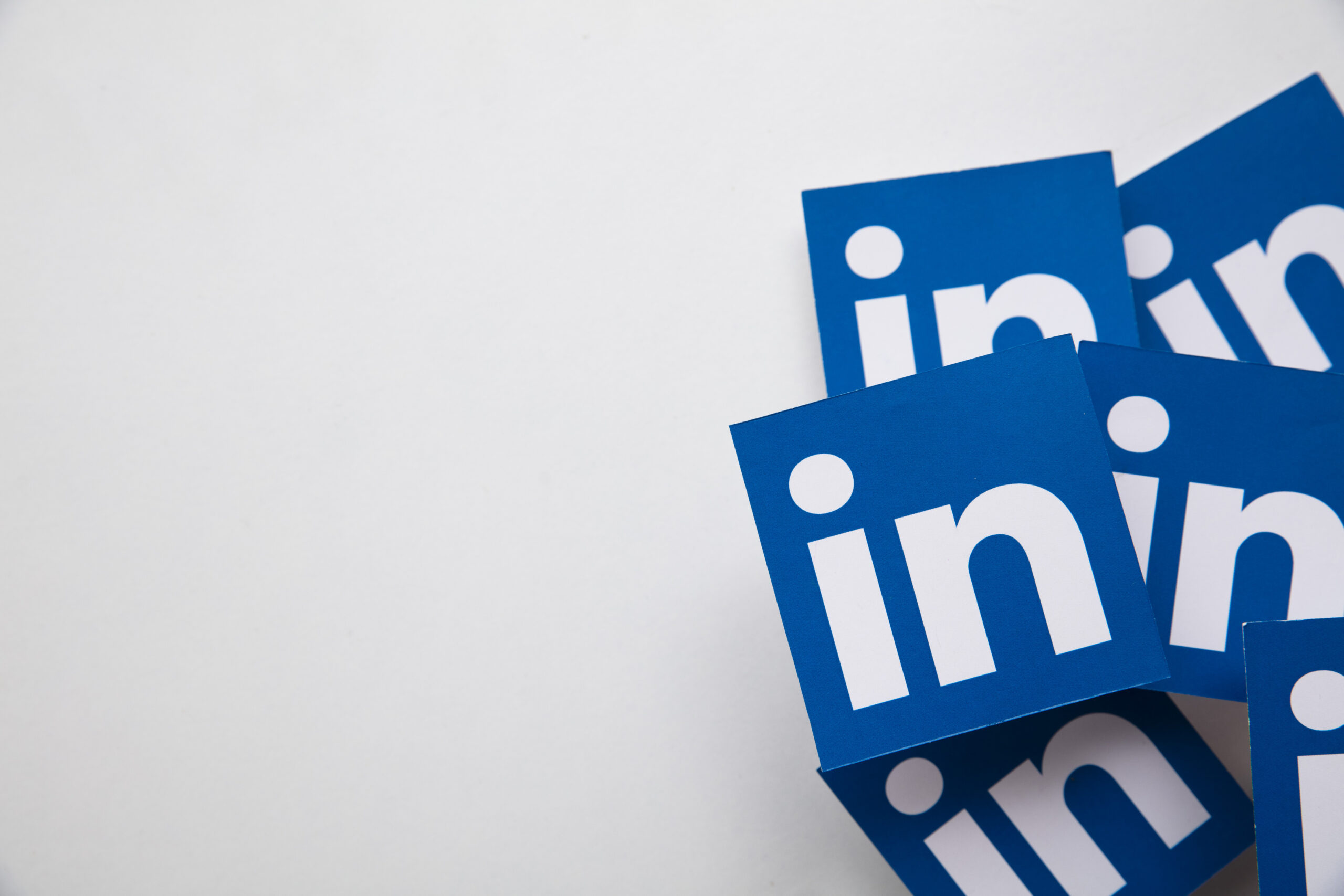
LinkedIn has over 774 million users worldwide, and it’s a platform where business professionals spend their time. It’s not just about finding jobs; it’s about creating opportunities, sharing knowledge, and building professional relationships.
The Role of LinkedIn in Career Growth
LinkedIn serves as a digital resume, a networking tool, and a platform for personal branding. It’s a place to show your skills, share what you’ve done, and connect with others in your field.
A strong LinkedIn presence can lead to job offers, partnerships, and valuable connections.
- Building a Professional Brand: Your LinkedIn profile acts as a testament to your professional journey. It provides an avenue to showcase your achievements and skills. Being active on LinkedIn and following industry trends shows that you are knowledgeable and open to new opportunities.
- Networking and Relationship Building: LinkedIn’s networking capabilities are unparalleled. It allows you to connect with industry peers, potential mentors, and even future employers. These connections can lead to teamwork, career opportunities, and a better understanding of your field.
- Career Opportunities: A well-maintained LinkedIn profile can become a magnet for recruiters and companies looking for talent. By engaging with your network and keeping up with industry trends, you show that you are an informed professional. This prepares you for new job opportunities.
Developing an Effective LinkedIn Marketing Strategy

To leverage LinkedIn effectively, you need a strategy. Here’s how to develop one that works:
Optimize Your LinkedIn Profile
Your LinkedIn profile is your digital business card. Make sure it represents you well:
- Profile Picture and Headline: A quality profile picture often creates your first impression. Select a high-quality, professional image matching your industry. Your headline should go beyond just listing your job title. Include key skills and industry-related terms to make it easier for others to find you when searching.
- Summary and Experience: Your summary is your elevator pitch. It should succinctly communicate your career goals, expertise, and what sets you apart. Sharing your experiences with clear achievements and results can make your profile more trustworthy.
- Skills and Endorsements: List skills that are most relevant to your career path. Encourage your coworkers and industry friends to support your skills. This will help build your credibility.
- This section not only highlights your expertise but also increases your chances of appearing in search results.
- Recommendations: Recommendations from colleagues, supervisors, or clients serve as testimonials to your work ethic and capabilities. They add a layer of genuineness to your profile and can significantly bolster your reputation within your network.
Crafting Content That Engages
Creating engaging content is a key part of your LinkedIn strategy:
- Share Industry Insights: Regularly post about the latest trends and changes in your industry. This shows that you are staying updated and want to share useful information with your connections.
- Engage with Others: Actively comment on and share posts from your connections. This helps you get noticed and shows you are involved and supportive in your work community.
- Use Visuals: Incorporate images, infographics, and videos in your posts. Visual content is more interesting and it helps explain complicated ideas more clearly.
- It also has a higher chance of being shared, amplifying your reach.
- Publish Long-Form Content: Consider writing articles on LinkedIn about your area of expertise. Long-form content establishes you as a thought leader and provides a platform for deeper engagement with your network.

Using LinkedIn for Networking
Networking on LinkedIn can open doors to new opportunities:
- Connect with Industry Leaders: Identify and reach out to thought leaders and key players in your industry. Getting to know these people can help you learn and find ways to work together.
- Join Groups: LinkedIn groups centered around your industry or interests are great for networking. They provide a forum for discussion and can help you connect with like-minded professionals.
- Attend LinkedIn Events: Participate in virtual events and webinars hosted on LinkedIn. These events offer opportunities to learn from industry experts and to network with participants from around the globe.
- Personalized Connection Requests: When reaching out to connect, personalize your requests. Talk about shared interests or people you both know. This can help make the other person more likely to say yes. It also sets a good tone for starting your relationship.
Leveraging AI Tools for LinkedIn Success
AI technology is transforming how we use LinkedIn. Here are some tools that can help you optimize your LinkedIn presence:
AI Tools for LinkedIn Profile Optimization
AI tools can analyze your profile and suggest improvements:
- AI-Driven Tools for Consistency: Tools like Linkify provide comprehensive range of new ideas to post on LinkedIn and help you maintain your consistency. Researching different developments in your field can help you find creative ideas. This will allow you to share new content often.
- Automated Recommendations: Leverage AI to generate optimized headlines, summaries, and skills lists. These suggestions are based on data analysis. This helps to make sure your profile matches industry standards and trends.
- Competitor Benchmarking: Some AI tools offer the ability to benchmark your profile against others in your industry. This can help you find areas to improve and make sure you stand out from your peers.

AI for Content Creation
Creating content can be time-consuming, but AI tools can help:
- AI Post Generators: Utilize tools like the AI LinkedIn Post Generator to quickly craft engaging posts. These tools use natural language processing to make sure your content is relevant and interesting.
- Content Scheduling: AI-driven scheduling tools can analyze your network’s activity to determine the best times to post. This helps your content reach more people, which makes it more likely to get attention.
- Content Curation: AI can help in curating content that is relevant to your industry and interests. Sharing curated content can position you as a knowledgeable resource in your field.
- Engagement Tracking: Some AI tools show you how well your content is doing. They give information about how people engage with it and what they like. This can help you plan your future content.
AI for Networking
AI can also assist in expanding your network:
- Connection Suggestions: AI can analyze your interests and professional background to suggest potential connections. This focused method can help you grow your network in a smart way.
- Automated Outreach: AI tools can assist in personalizing and automating outreach efforts, making it easier to connect with a larger audience without sacrificing personalization. Relationship Management: AI can help you keep track of your interactions with others. It reminds you to follow up on important talks and helps you build strong relationships.
- Event Suggestions: AI can recommend events and webinars based on your interests and connections. This helps you stay updated and involved with your work community.
Measuring Your LinkedIn Success
To understand the effectiveness of your LinkedIn strategy, you need to measure success:
Key Metrics to Track
- Profile Views: Monitoring the number of profile views can give you an idea of how visible you are on the platform. A steady increase is a positive sign of growing interest in your professional brand.
- Connection Growth: Track how your network expands over time. A growing number of connections can lead to more opportunities and a broader reach for your content.
- Engagement Rates: Analyze likes, comments, and shares on your posts to gauge how well your content resonates with your audience. High engagement indicates that your content is hitting the mark.
- Inquiries and Opportunities: Monitor how many job offers, collaboration proposals, and other professional opportunities you receive on LinkedIn. This is a direct indicator of the platform’s impact on your career.
- Skill Endorsements and Recommendations: More endorsements and recommendations can show that your professional reputation is improving with your connections.
Adjusting Your Strategy
Review your metrics regularly and adjust your strategy as needed. If certain types of content perform better, focus on creating more of that. If your network isn’t growing, consider reaching out to more people or engaging in different groups.
- Content Analysis: Regularly review which posts are performing well and analyze what makes them successful. Use these insights to inform future content creation.
- Network Expansion: If your connection growth is stagnant, consider broadening your networking efforts. Engage with new groups, attend different events, and explore various industries to broaden your network.
- Engagement Strategies: If your engagement rates are low, try different kinds of content, like videos or interactive posts, to find out what your audience likes.
- Feedback Loop: Actively seek feedback from your network on your profile and content. Constructive feedback can help you see ways to improve your LinkedIn profile.
Conclusion
LinkedIn is a powerful tool for professional growth, and maximizing your presence requires a well-thought-out strategy. Optimize your profile, create engaging content, and leverage AI tools to enhance your LinkedIn experience. By doing so, you’ll open up new opportunities and set yourself up for success in your career.
Now, it’s time to put these strategies into action and watch your LinkedIn presence grow. Whether you want to make new connections, build your brand, or stay updated on industry trends, LinkedIn is the platform for you. Remember, consistency and originality are key to making a lasting impact in the LinkedIn community.
